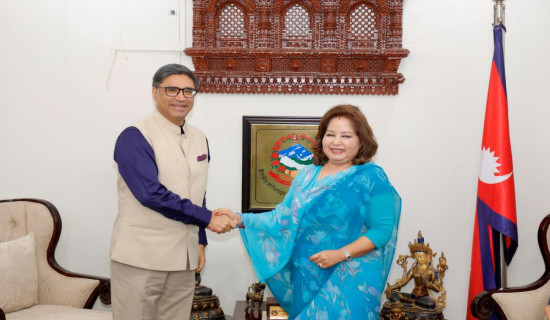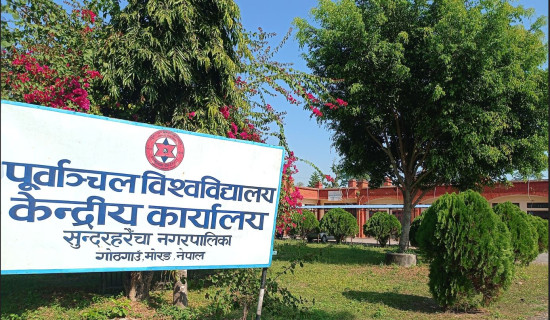- Sunday, 17 August 2025
82 MW electricity from Solukhola connected to national grid
By Santosh Raut,Solukhumbu, Aug. 17: The 82 MW Lower Solu Hydropower Project, built in Solukhola in Solukhumbu, which is the hub of large hydropower projects, has been connected to the national transmission line.
The electricity generated from the project is connected to the Lammane substation in Tingla through the 132 kV double-circuit transmission line of the Solu Corridor.
The project, promoted by Solu Hydropower Limited, has been connected to the national transmission line for testing from the third week of July.
A five-kilometre-long tunnel has been constructed to control the flow of the river and create a structure to generate energy.
The recently completed project, which was built on the border of Solududhkunda Municipality-7 and 11, generated electricity by pumping water to an underground power house in Bhadaure, Tingla, about six kilometres away, said Krishna Bahadur Chaudhary, assistant manager of the project.
According to him, two turbines with a capacity of 41 MW each have been installed.
Successful testing of both units on the grid has been completed, he said.
Since the beginning the construction of the hydropower project, which began in 2016, the project has faced geographical difficulties, technical complications and climate-related obstacles.
The construction took longer than scheduled after a landslide caused extensive damage to the structure, including the penstock, when it was in its final stages, he said.
Assistant Project Manager Chaudhary said that all the structures had to be reconstructed.
Although this has increased the cost somewhat, it is expected to benefit long-term sustainability.
This project was built with an investment of Rs. 16 billion from various European banks, including FMO.
Although the construction company had set a target of completing the project by September 2025, the construction work was completed two months in advance and electricity production started.
The project is targeted to generate a minimum of 23 MW in winter and a maximum of 82 MW in the rainy season.
The project is part of the government's 'Super Six' project, which includes six major hydropower projects being built with private investment.
Along with power generation, this project has made a significant contribution to employment, infrastructure, business mobility and economic activities in Solukhumbu district.
Dozens of local youths, both technical and non-technical, have got employment opportunities during the construction of the project.
Local people's representatives have expressed confidence that this project will become the backbone of Solukhumbu's prosperity. Along with power generation, it is expected that tourism, industry, services and infrastructure development will gain further momentum.



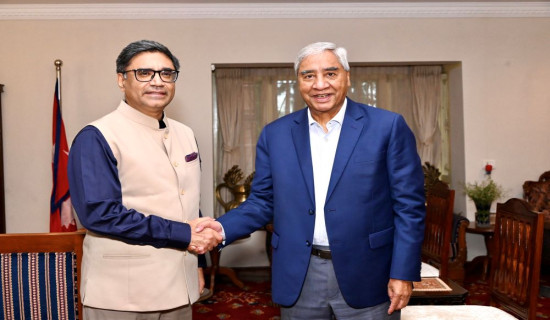
-square-thumb.jpg)

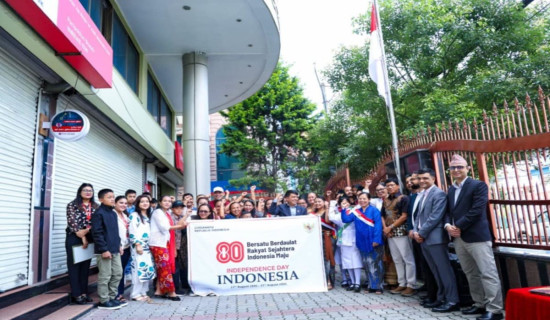
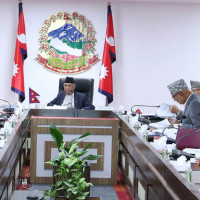
-square-thumb.jpg)
